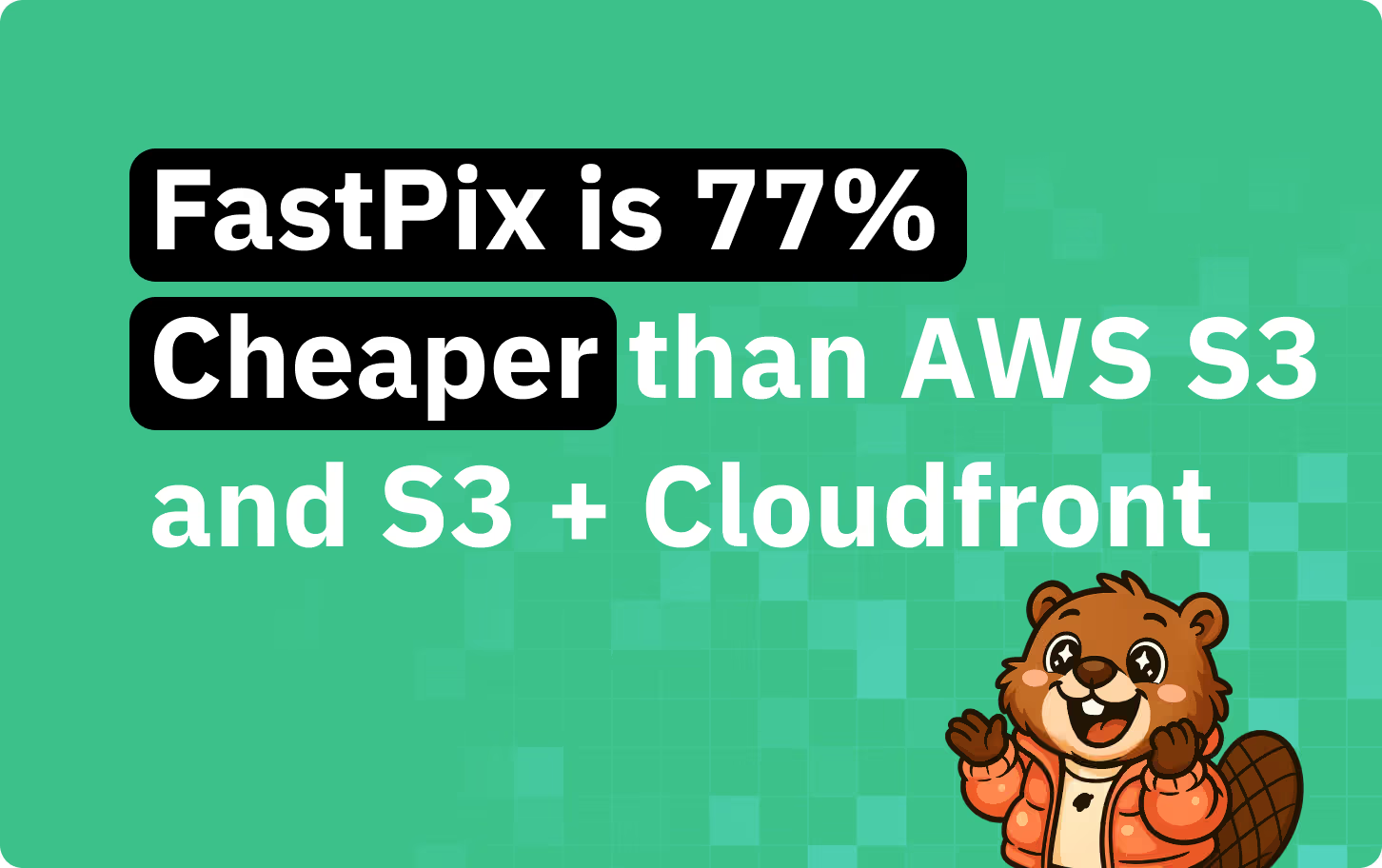DRM
Definition: DRM is a way to protect digital media copyrights and prevent piracy by using technology to control and manage access to the content.
Let's break down how DRM works in a simpler way.
What is DRM?
The horror of piracy continues even after centuries.Forget the one-eyed sea pirates; now, it's the online pirates keeping the tradition alive in a whole new way!

Digital content is super easy to copy and share online. Despite the existence of encryption tools, determined online pirates often find new ways to bypass these protective measures. It's challenging to identify online pirates because they can remain anonymous, the internet spans the globe, and legal rules differ across regions, which makes tracking and taking legal action against them a complex task.
So the solution is to stop making content? Of course not. Thankfully, new technologies like DRM save the day. What exactly is a DRM?
DRM, or Digital Rights Management, is a set of tools and rules to safeguard digital content from being used or shared without permission. DRM enforces copyright protection for different forms of digital media, including music, videos, software, and more. The two main objectives of DRM are data protection and data governance. The objectives are achieved in four ways:
- Encryption: Content is encrypted to prevent unapproved usage or copying.
- Governance: The encryption key comes with specific rules that must be followed to use or watch the content.
- Authentication: Once a user is confirmed to meet these conditions, DRM receives authorization to encrypt the content.
- Enforcement: The user's authorization is regularly checked to ensure they still meet the terms of the licence.
Why should you use DRM for your content?
You get a call saying your latest content has...

Every creator yearns for such golden words.But the content got popular, and instead of getting paid or gaining engagement, you receive nothing in return because the content got pirated. The audience can download the file for free and share it everywhere.
Video piracy is costing US content and distribution sectors between $29.2 and $71.0 billion each year. Content creators and brands invest time, efforts, and resources in producing the content; thus, they should have control over how it is accessed.
Stranger Things, for instance, is only available on Netflix, as it is protected by a DRM system that prevents unauthorised screen recording or capturing of content.
How do DRMs work?
Think of DRM as protecting your treasures from digital pirates; it's like locking them in a box that only opens with a special key—fun, right?
DRM works by securing the content encryption and linking it to the right usage rights. This encryption prevents unauthorised individuals from accessing the content without the right authentication. Users are provided with a decryption key or access token, allowing them to unlock and enjoy the protected content.

Benefits of DRM
DRM helps to control and access the content and also manage how people can use the files. Besides this, DRM has other benefits too; please refer to the image.

FAQs
Is DRM only relevant for the entertainment industries?
DRM is not just relevant for movies and music. DRM is used in many areas. Video Games use it for unauthorised copies, software uses it to stop unauthorised copies access/duplication, in the education sector, it is used to protect eBooks and courses; businesses use it to safeguard important documents; and even healthcare and government use it to protect confidential information. DRM is all about protecting; that can be anything and everything.
Can DRM negatively impact performance or playback quality?
DRM-updated versions are designed to have minimal impact on performance and playback quality. DRM can maintain a smooth user experience without compromising content quality by optimising encryption and decryption processes.
What is the difference between DRM and DAM?
Digital asset management, or DAM, deals with organising, storing, and managing digital assets. It has nothing to do with protecting and controlling digital usage, like DRM. DAM provides a single storage space for all documents, videos, images, and other files, making the process of finding the content easier. In simpler terms, DAM is similar to a digital librarian that keeps all the content organised and ready to use.
Is watermarking part of DRM?
Watermarking and DRM serve different purposes, but they can be used together. Watermarking helps avoid unauthorised copies by adding a unique identifier to authorised files without affecting the identification of the source of unauthorised copies. Watermarking helps differentiate between real and unauthorised copies.
Making video dead easy for developers
We’ve put together valuable insights in the form of blogs and guides. Check’m out
.svg)
.svg)









%20for%C2%A0%20%C2%A0AWS%20vs%20FastPix%201%20(1).png)



























.png)











.png)























%20for%20news%20and%20broadcasting.png)








.png)






















.png)

.png)

